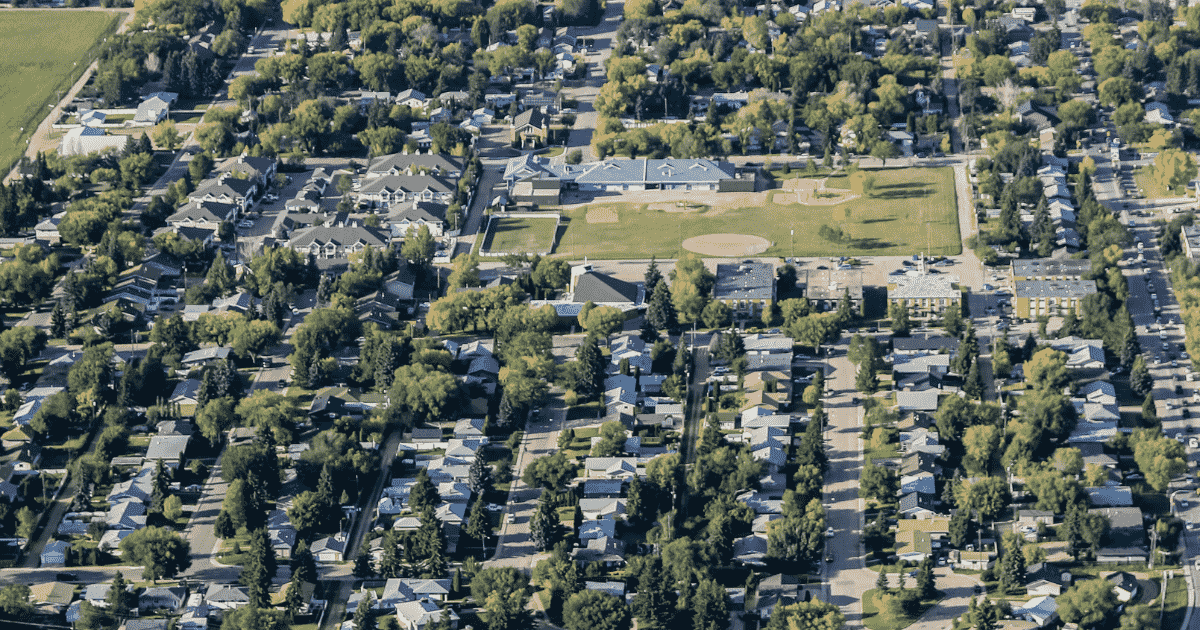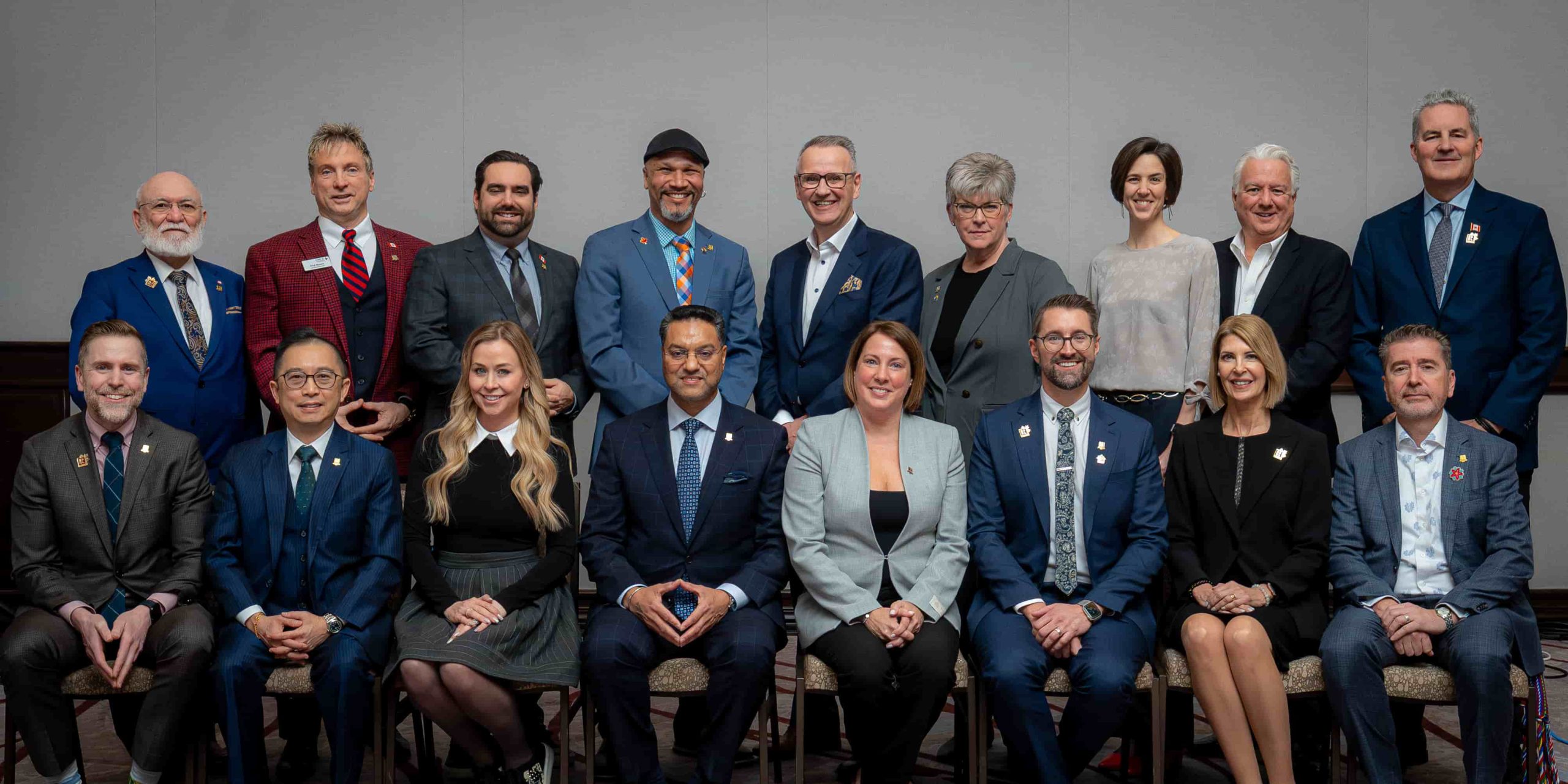Canada currently has 363,000 multi-generational homes, which accommodate three or more generations under one roof, and that figure is growing by the day. While multi-generational housing is commonplace in most parts of the world, it is only now becoming common in Canada.
Barbara Mitchell, professor of Sociology & Gerontology at the Simon Fraser University in Burnaby, B.C., says, “The norm in Canada has historically been small nuclear households, but we’re seeing a rise in multi-generational families across cultural backgrounds and people are living long enough that we’re seeing more four-generation households.”
It is a common misconception that the sole reason behind multi-generational homes is cultural. In some cultures it is typical and expected that multiple generations of families will live together, but that makes up a small portion of multi-generational houses in Canada. Other reasons behind the skyrocketing trend include:
- Have help with childcare
- Have others around to keep an eye on the house
- Financial reasons, including economic advantages of shared housing costs
- Strengthen family ties
- Higher than average unemployment rates in some parts of Canada
- Desire to be around to help aging family members
- Prevent a sense of social isolation
- Rising cost of home ownership
- Health care reasons, including limited options for assisted living in some parts of the country
- Reduced stigma of adult children living at home, a result of the higher cost of living, a tough job market and a high student debt load (42 per cent of 20-29 year olds currently live in the parental home.)
It’s not just kids moving home, either. Parents moving in with their grown children are making up a growing percentage of multi-generational homes. The average age of Canadians continues to rise, with 16 per cent of our population now at 65 or older.
John Geha, a past-president of Coldwell Banker Canada, had the following to say in a Coldwell Banker press release about the trend of multi-generational homes: “While saving money is certainly an incentive for buying a home that accommodates multiple generations, the benefits go beyond financial reasons. With two or three generations living under one roof, families often experience more flexible schedules, more quality time with one another and can better juggle caretaking responsibilities as health care issues arise.”
Peggy Blair, a sales representative with Royal LePage Team Realty in Ottawa, says, “I’ve represented clients whose children had both lost their jobs and wanted a home with enough space to help them out by having them move home. They wanted separation of space and the ability to be supportive without being invaded. I have also had clients who are looking at housing their own aging parents, so they want to find homes where the living space is easily navigable not just for their parents but themselves down the road. A lot of people in their 50s and 60s are very conscious of the fact that before long, stairs could be a real problem.”
The building industry across the country is responding to this trend. More cities are loosening zoning regulations to allow for multi-generational homes and neighbourhoods are being built to cater to these homeowners.
Tamarack Common in Edmonton is one such community. Builders are making the features that multi-family homebuyers want a priority in the homes they design. Metric Homes based in Ottawa offers a “Home Within a Home”, two separate dwellings that look from the outside like one large single family home. Each ‘home’ has its own private entrance and there is a common area between the two.
Some of the most popular features for multi-generational homes include:
- Separate entrances
- Renovated basements
- Addition or wing with extra bedrooms and/or another kitchen
- Wider doorways and hallways
- Main floor in-law suites
- Dual master bedrooms
- Additional living space above detached garages
- Converted attic spaces
- Insulated garages (to increase usable square footage)
Suzanne Botsifaras, a Re/Max Real Estate Centre broker in Burlington, Ont., indicated in the MLS listing for a multi-family home she sold that it was suitable for two generations. “I added an ‘in-law suite’ rider to my sign and promoted it as a unique property to my database and colleagues,” she says. Botsifaras recommends promoting multi-generational homes in advance of the listing.
Some sales reps are turning multi-generational households into a niche. By brushing up on cultural expectations and educating themselves on how to adapt properties to accommodate multiple families, agents can target these buyers and sellers. Keep an updated tally of listings in your area that are geared for multi-families so you are prepared when the call comes. Understanding the specific needs of multi-family buyers and targeting them just might label you a multi-generational homes expert.
Blair offers a twist on marketing these types of homes, “I recently had a listing that would have been well-suited for a multi-family home but it didn’t sell until we shifted the listing from residential to multi-family duplex. Investors, needless to say, are an entirely different kettle of fish, but they can see the potential in having a basement unit for extra income in a way that family members often can’t. If your board allows it, you may want to list the multi-generational residence both as a residence and as a multi-family unit, as we did, and emphasize its rental potential. If it’s only on the residential side, the investor won’t find it, whereas the person looking to bring in a little supplemental income won’t think to check the multi-family listings.”
Multi-generational housing may not be mainstream yet in Canada but at the rate that it’s growing, it may eventually overtake prototypical nuclear family homes.
Toby Welch is a contributing writer for REM.















